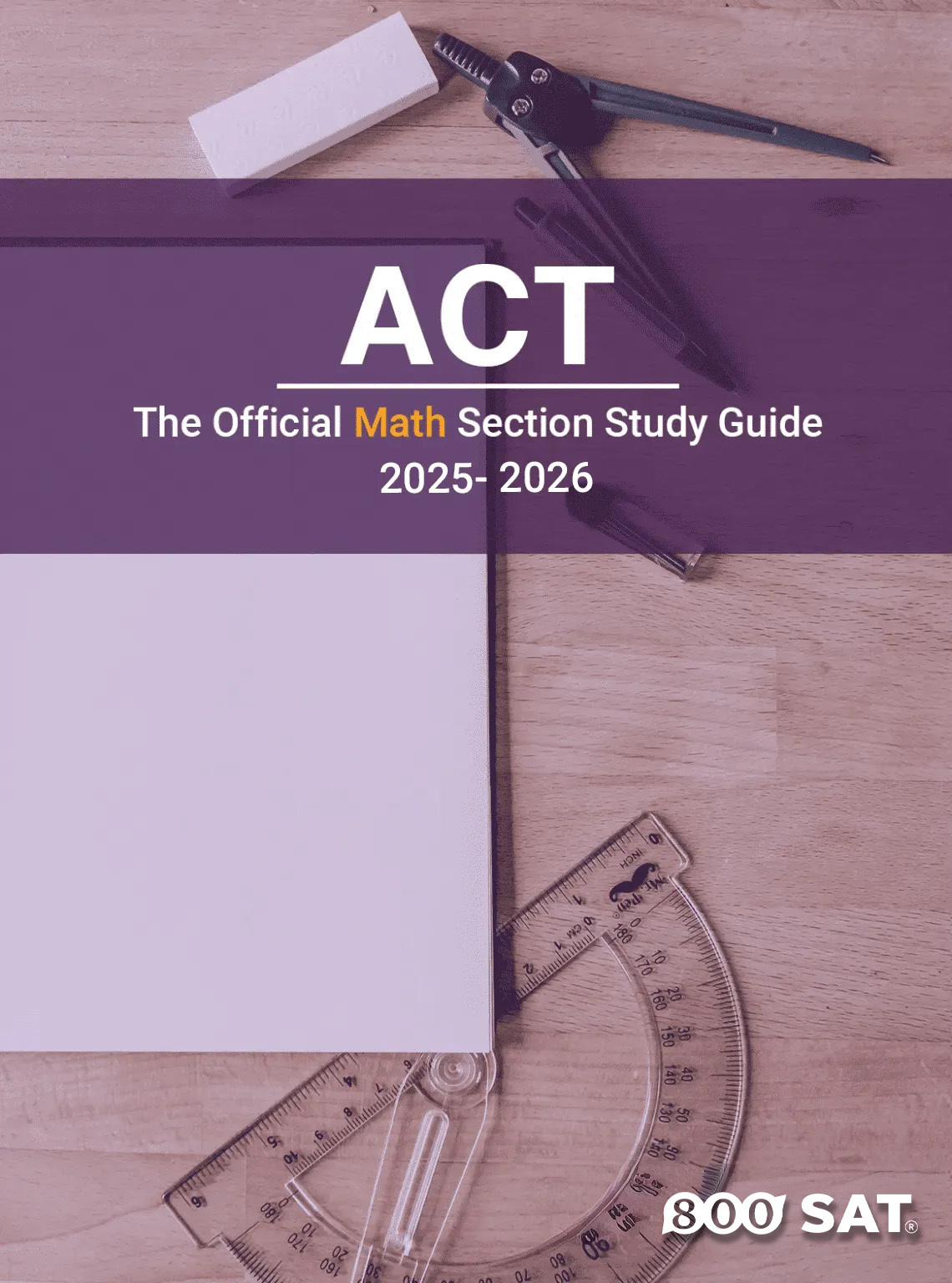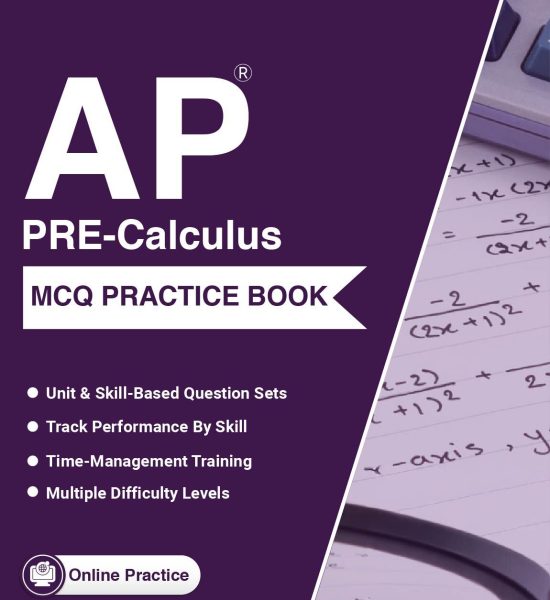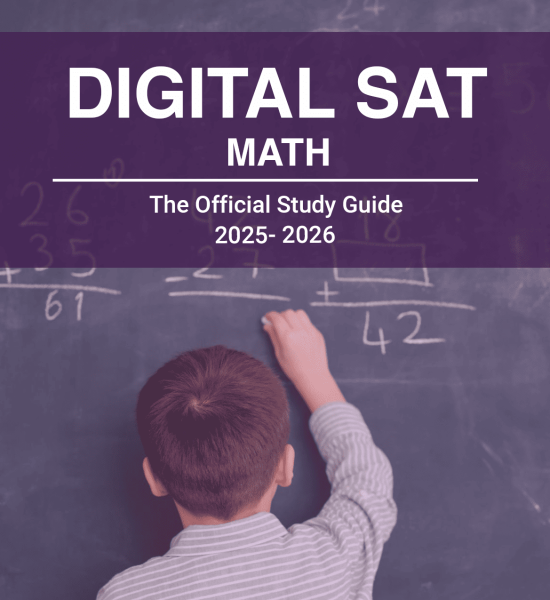ACT Math
Course Features
- Lectures 16
- Quizzes 16
- Duration 50 hours
- Skill level Intermediate
- Language English
- Students 228
- Assessments Yes
- 1 Section
- 16 Lessons
- 52 Weeks
Expand all sectionsCollapse all sections
- ACT MATH32
- 2.1The Real-Number System
- 2.2Numbers Quiz20 Minutes9 Questions
- 2.3Order of Operation and Fractions
- 2.4Order of Operation and Fractions Quiz20 Minutes9 Questions
- 2.5Percentage.
- 2.6Percentage Quiz20 Minutes9 Questions
- 2.7Ratio and Proportion
- 2.8Ratio and Proportion Quiz20 Minutes8 Questions
- 2.9Linear Equations and Systems
- 2.10Linear Equations and Systems Quiz20 Minutes8 Questions
- 2.11Exponents , Radicals and Scientific notation
- 2.12Exponents , Radicals and Scientific Notation QUIZ20 Minutes10 Questions
- 2.13Logarithms
- 2.14Logarithms Quiz20 Minutes8 Questions
- 2.15Absolute Value
- 2.16Absolute Value Quiz20 Minutes8 Questions
- 2.17Sequences
- 2.18Sequences Quiz10 Minutes4 Questions
- 2.19Angles and Parallel lines
- 2.20Angles and Parallel lines Quiz10 Minutes5 Questions
- 2.21Triangles
- 2.22Triangles Quiz10 Minutes4 Questions
- 2.23Circles, Polygons and Solids
- 2.24Circles, Polygons and Solids Quiz20 Minutes7 Questions
- 2.25Trigonometry
- 2.26Trigonometry Quiz20 Minutes6 Questions
- 2.27Probability
- 2.28Probability Quiz20 Minutes6 Questions
- 2.29Statistics
- 2.30Statistics Quiz10 Minutes5 Questions
- 2.31Matrices and Vectors
- 2.32Matrices and Vectors Quiz10 Minutes4 Questions



 The ACT Math section evaluates a student’s math proficiency and problem-solving skills with 60 questions in 60 minutes. It assesses knowledge across various high school math topics, requiring accurate calculations and practical application of concepts to real-world scenarios.
The ACT Math section evaluates a student’s math proficiency and problem-solving skills with 60 questions in 60 minutes. It assesses knowledge across various high school math topics, requiring accurate calculations and practical application of concepts to real-world scenarios.






